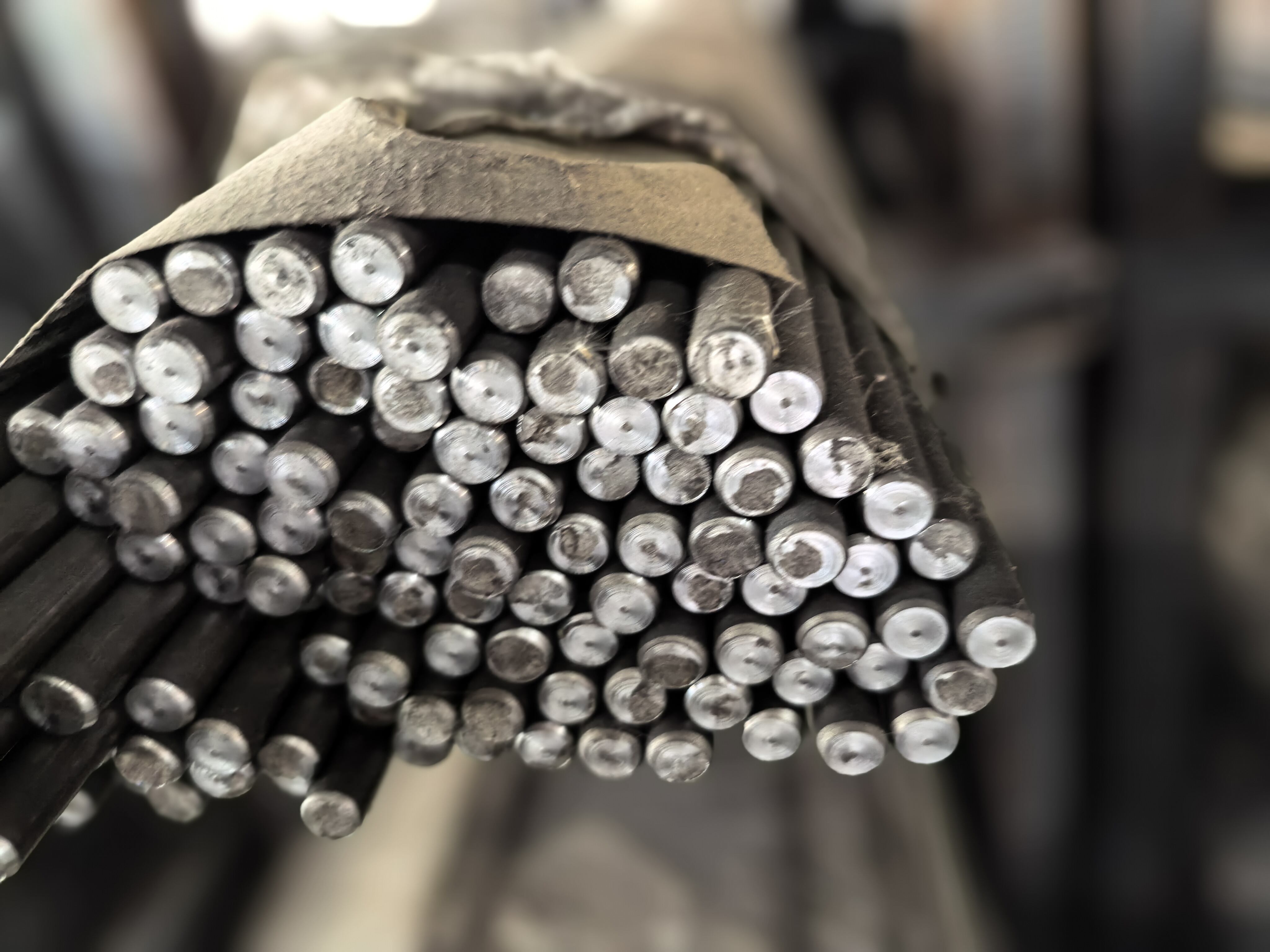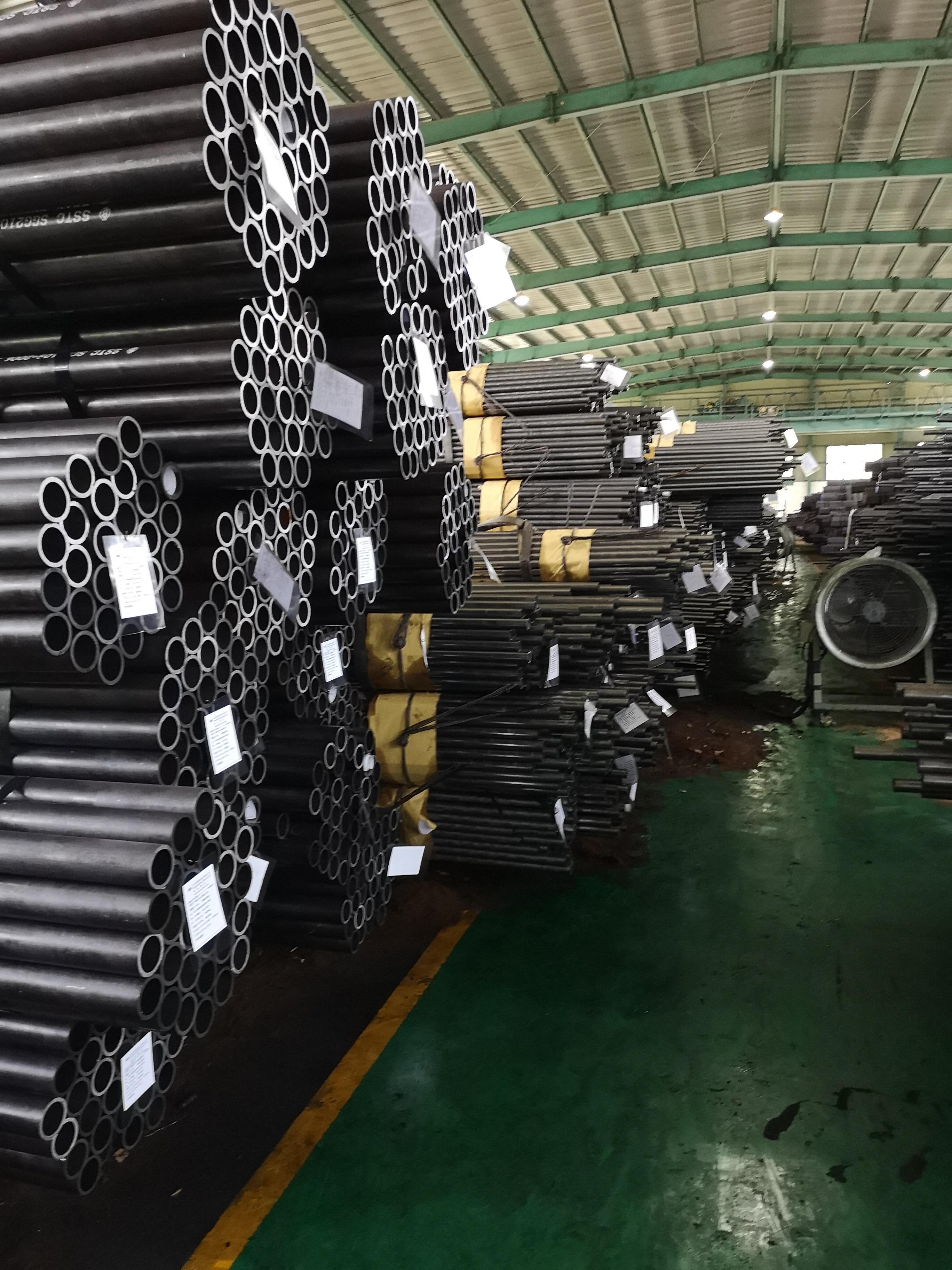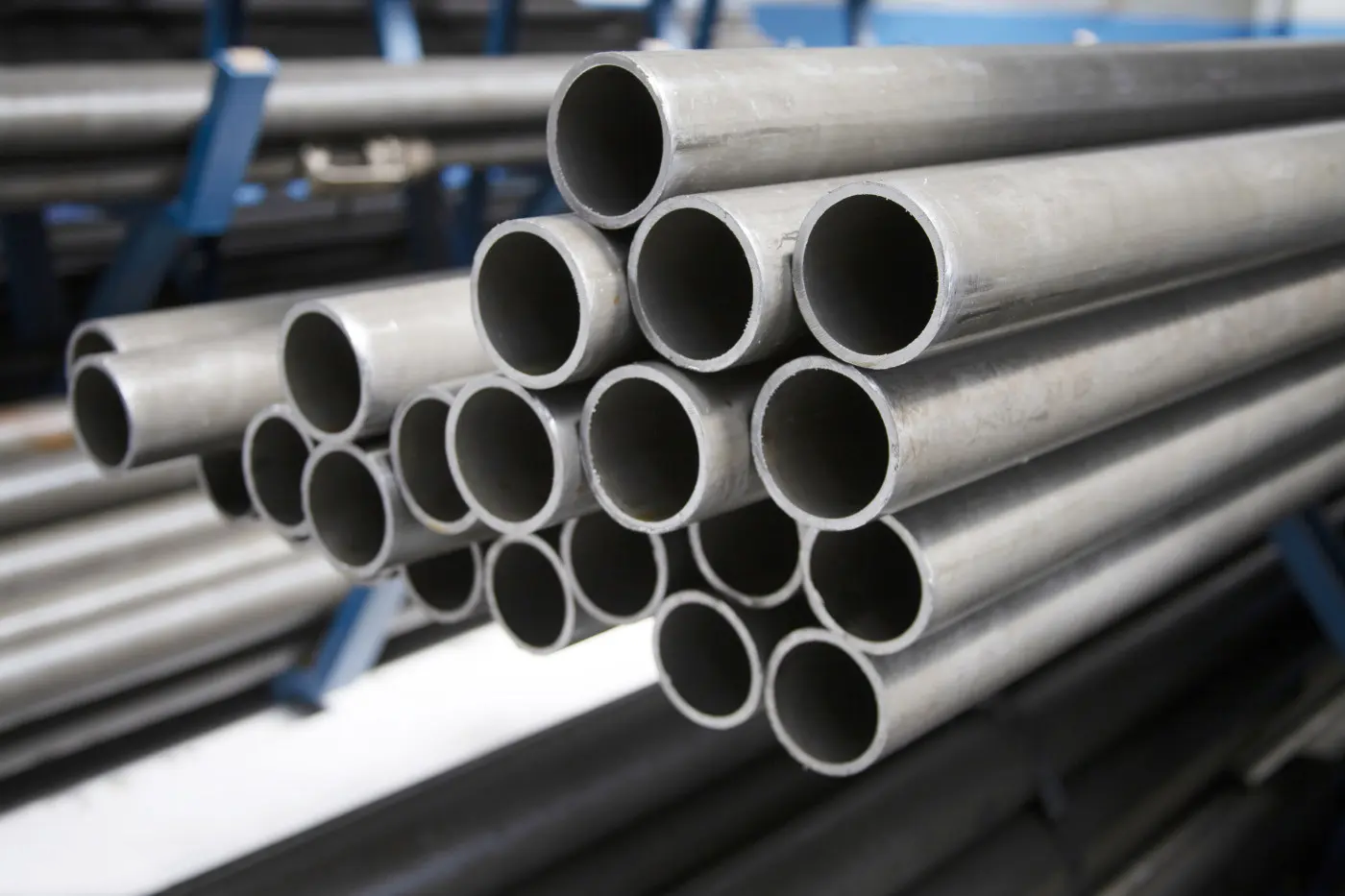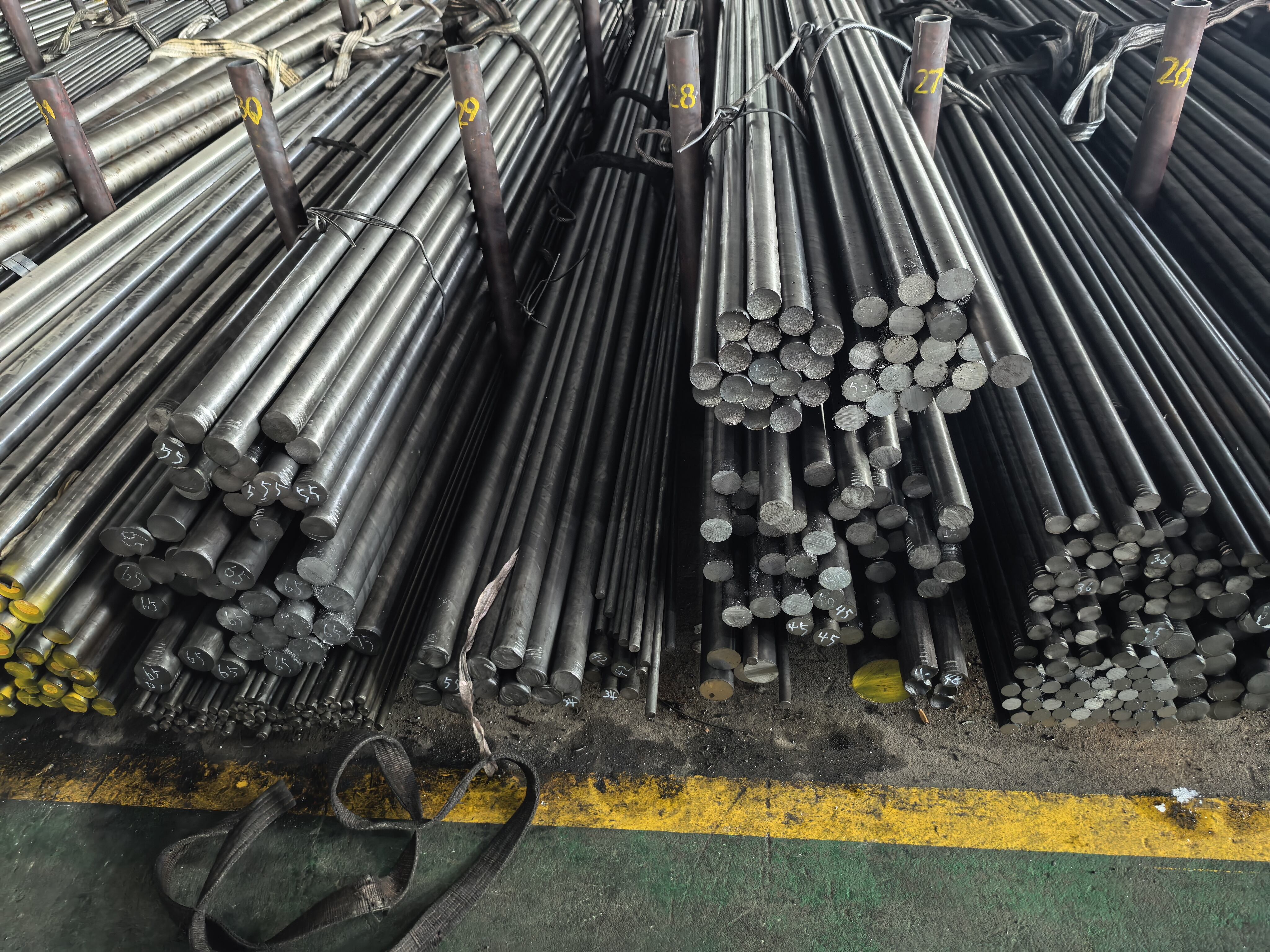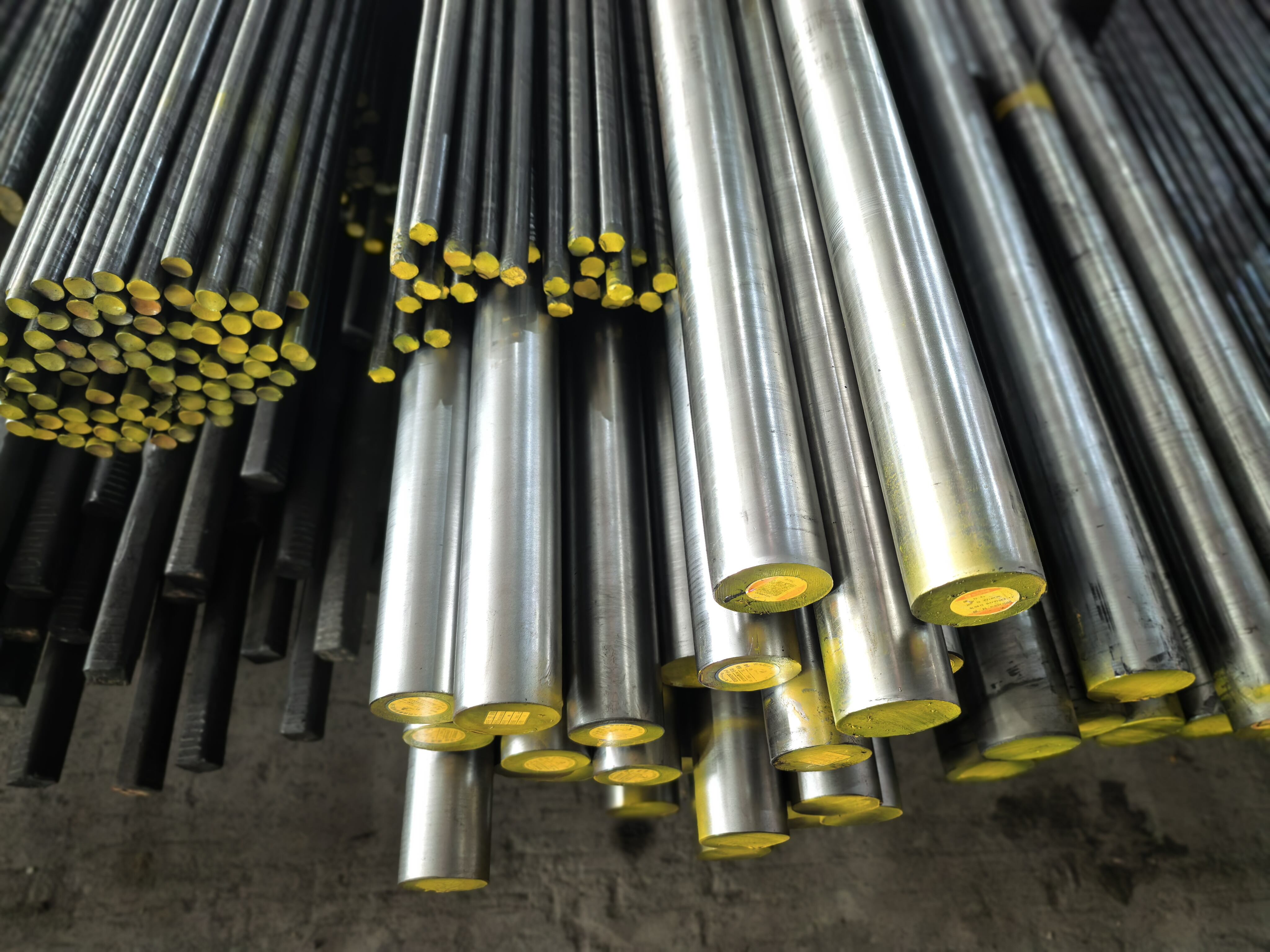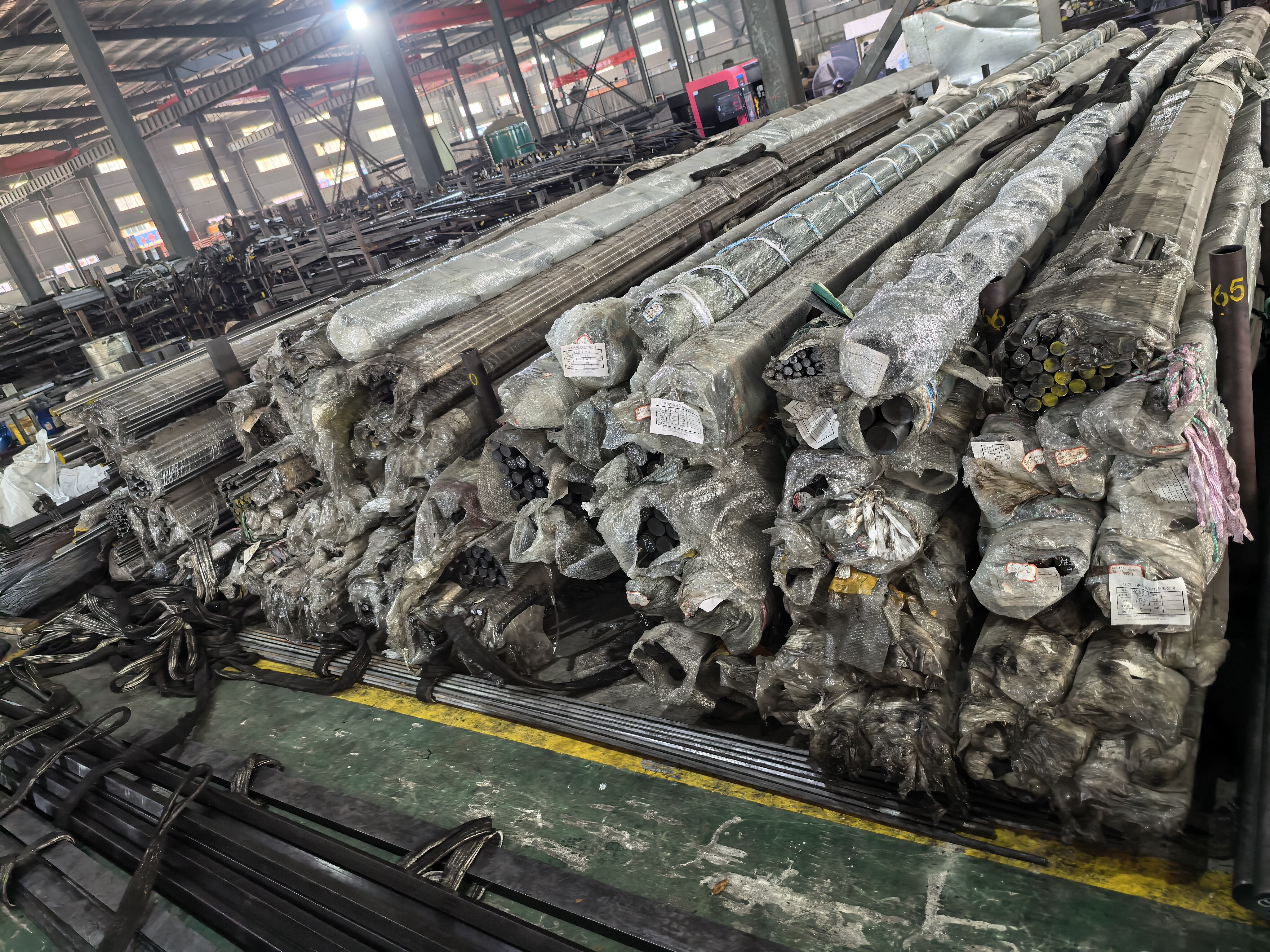high speed steel types
High speed steel types represent a revolutionary category of tool steels engineered to maintain exceptional hardness and cutting efficiency at elevated temperatures. These specialized alloys contain significant amounts of tungsten, molybdenum, vanadium, and chromium, which enable them to retain their cutting edge even when subjected to the intense heat generated during high-speed machining operations. The primary function of high speed steel types revolves around their ability to cut materials at speeds that would cause conventional carbon steels to lose their temper and effectiveness. This remarkable heat resistance makes them indispensable in modern manufacturing environments where productivity and precision are paramount. The technological features of high speed steel types include superior red hardness, which allows the material to maintain its hardness at temperatures exceeding 600 degrees Celsius. This characteristic stems from the formation of complex carbides within the steel matrix that resist dissolution at high temperatures. Additionally, these steel types exhibit excellent wear resistance due to their fine carbide distribution and high alloy content. The microstructure of high speed steel types consists of a martensitic matrix reinforced with hard carbides, providing the perfect balance between toughness and hardness. Applications for high speed steel types span across numerous industries, including automotive manufacturing, aerospace engineering, and general machining operations. They are commonly used in the production of drill bits, end mills, taps, reamers, and cutting tools for lathes and milling machines. In the automotive sector, high speed steel types are essential for creating engine components, transmission parts, and precision tooling. The aerospace industry relies on these materials for manufacturing critical components that require exceptional dimensional accuracy and surface finish. Beyond industrial applications, high speed steel types are also utilized in woodworking tools, metal forming dies, and surgical instruments where precision and durability are crucial requirements.






